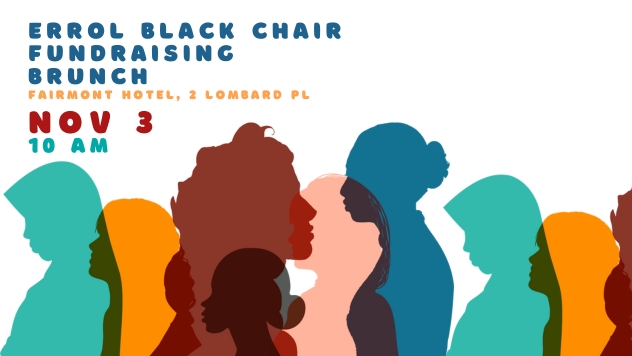
Women’s Health Clinic is being honoured at the 2024 Errol Black Chair in Labour Issues event Nov 3, 2024
For Immediate Release (Winnipeg, Treaty One): The Canadian Centre for Policy Alternatives – Manitoba is proud to be honouring the Women’s Health Clinic at their annual Errol Black Chair in Labour Issues fundraising brunch on Sunday, November 3rd, 2024 at 10:00 am at the Fairmont Hotel.
Women’s Health Clinic (WHC) is an intersectional feminist community health clinic with a deep history of activism in Manitoba. With an extraordinary record of serving women, girls, transgender, Two-Spirit, and non-binary people in our community for over 40 years, WHC continues to offer a range of sexual and reproductive health, mental health, and family support programs and services.
As well as serving often-marginalized people with essential services, WHC has a long history of social justice advocacy to influence health policy and practice and community care within Manitoba and beyond. Achievements include supporting the regulation of midwifery in Manitoba, establishing Ode’imin – Canada’s first stand-alone birth centre, and providing much-needed community access to abortion care and eating disorders prevention, treatment and recovery across the province.
The keynote speaker at the fundraising brunch in 2024 is researcher Katherine Scott and the title of her talk is “Still in Recovery: Assessing the pandemic’s impact on women in Manitoba”.
Katherine Scott is a Senior Researcher with the Canadian Centre for Policy Alternatives National office and serves as the director for its gender equality public policy work. She has worked in the community sector as a researcher, writer and advocate over the past 30 years, writing on issues from poverty and inequality to income security reform to funding for nonprofits. She was the lead researcher of The CCPA Gender Gap Index and Beyond Recovery project, which aims to help spur a national conversation about the challenges that women and gender-diverse people face and the progressive alternatives that are on offer at a local, provincial or national level.
Event details
Sunday November 3*, 2023
10 a.m.
Fairmont Hotel, 2 Lombard Place
*Please note daylight savings time ends on November 3rd, 2024 at 2 am.
Tickets on sale now!
Sponsorship opportunities available, please contact molly@policyalternatives.ca
About the Errol Black Chair in Labour Issues
Errol Black was a dedicated activist, leader, economist and Brandon City Councillor who fought tirelessly for social justice. When Errol passed away in 2012, a research chair was created to continue his legacy at CCPA Manitoba. Every fall, we honour a Manitoban who has demonstrated leadership in advancing the rights of citizens and positively influenced the political landscape of our province.
About the Canadian Centre for Policy Alternatives
The Canadian Centre for Policy Alternatives is a non-profit charitable research institute active nationally since 1980 and in Manitoba since 1997. www.policyalternatives.ca
September 26, 2024
Canadian Centre for Policy Alternatives – Manitoba
For Immediate Release (Winnipeg, Treaty One): On September 25th, Premier Kinew announced the gas tax would get extended for three more months until December 31, 2024. This is resulting in $326 million less revenue for Manitoba than in 2023/24. CCPA Manitoba has written about the problems with this approach (see Winnipeg Free Press op ed Gas Tax Cut is Back Fiscal Policy). First dubbed as a “holiday” for six months, this is being extended for a second time to a full year – a very long “holiday”. The following outlines drawbacks of extending the elimination of the gas tax:
- Affordability
The Manitoba government introduced the gas tax cut in January 2024 as an affordability mechanism. Since January, Manitoba’s inflation rate has remained within the Bank of Canada’s target rate (1-3%) or lower. The gas tax cut has provided lower prices for drivers, but for the one in five Manitobans who do not drive or cannot afford to have a vehicle did not receive any affordability benefit from this change (Manitoba’s proportion of vehicle commuters was 83% in 2023, which means 17% or roughly 1 in 5 do not use a car to commute and do not benefit from the gas tax cut) .
Those who do not own a vehicle are more likely to be on fixed and/or low incomes and do not benefit from gas tax cuts. The cost of transit in Winnipeg went up 10 cents in 2024, and cities like Winnipeg show no signs of passing on any fuel savings to passengers due to the dire state of transit funding in Manitoba. Other costs, particularly the cost of rent, need to be addressed as part of an affordability plan.
- While the gas tax did bring down inflation rates in Manitoba, inflation has come down across Canada.
Inflation is down across the country, it has not reduced food costs or transit costs. Food prices have not come down either. According to Statistics Canada, food costs have plateaued across the country, indicating that there has been no downward pressure on food prices here in Manitoba due to the gas tax cut, despite the Premier indicating the gas tax cut should have this effect.
Oil prices rise and fall based on the dynamics of supply and demand in a global oil market, which has become increasingly volatile over the last twenty years. Renewable energy prices, by contrast, have been slowly dropping over the last two decades.
We also note that when the gas tax holiday was announced as an election commitment in August 2023, the Premier committed to holding gas companies accountable by bringing in new regulations on the price of gasoline to stop anti-competitive behaviour. This has not happened, but the gas tax cut continues to be extended.
- Climate
The gas tax cut was promised as a short-term measure to minimize long-term influence on consumer behaviour. By extending it again, consumers get the signal to invest in gas vehicles at a time of climate crisis. It is illogical to cut taxes on fossil gas and inadequately invest in the required rapid transition to renewable energy at a time of climate crisis.
The revenue from the gas tax and additional public investment are needed to help Manitobans get off of fossil fuels and onto truly affordable renewable energy in the form of good public transit and transportation and EVs.
- Canada and Manitoba’s gas tax is low and does not pay for wear and tear on crumbling roads and infrastructure
The transportation and infrastructure department’s overall capital budget is $540 million in 2024-25, down from $704 million two years earlier – about the same as the $250 million cut from the gas tax so far in 2024. Initiating a gas tax cut every time oil prices spike is a costly policy with significant and unpredictable budgetary consequences.
The gas tax in Canada and Manitoba is quite low. Compared to other countries, Canada’s average combined federal/provincial gas tax in 2022 (41c/litre) was less than half the OECD average (88c/litre). Only two countries, Turkey and the United States, levy gas taxes lower than Canada. Most OECD countries have taxes on vehicles tied more closely to maintenance required for public roads.
- Accelerating the transition to renewables will make Manitoba truly affordable
Renewables are not subject to oil and gas price volatility. The costs of doing nothing to mitigate climate change are far higher than the costs of taking action over the long term. Destructive weather events turbocharged by climate change, such as fires, flood, and drought, are already impacting Manitoba. Across the US, losses for home insurance companies created by extreme weather are causing those companies to raise premiums by as much as 50%, reduce coverage, or leave entire states – even midwest states once thought to be insulated from climate risk.
Manitoba should put at least the same amount cut from the gas tax into climate action – renewables, building retrofits, transit and intra-community transportation. The Climate Action Team’s Road to Resilience in Manitoba report series has evidence-based policy actions for Manitoba to act upon.
- Scientific evidence must inform public policy decision-making
The gas tax and carbon tax have been politicized by populist and right-wing politicians. The evidence shows that a price on carbon brings down GHG rates. What has been missing is a public education on the clear link between the taxes people pay and what people get from them to remind people that public investment is needed to help people get off of fossil fuels, protect against climate change, and make life more affordable.
The Manitoba government adopted the previous PC budgets, which cut $1.6 billion in income, property and business taxes, substantially reducing Manitoba’s own source income. With the gas tax cut on top of this, Manitoba’s own source revenue as a proportion of GDP is at historical lows, which will seriously impact the government’s ability to meet key election commitments in the areas of health, education, homelessness and climate action.
Although the government walked back from this position somewhat in its first budget by transforming the property tax rebate and capping the basic personal amount tax exemption, reducing the the blow to provincial revenues somewhat, it is becoming increasingly clear that more revenue is needed to repair and rebuild public services. This government has made some important steps during its first year in office – introducing a school nutrition program, commiting to search the prairie green landfill, and hiring new healthcare workers – but there is still more to do to follow through on commitments to fix healthcare and rebuild public services.
September 19 2024, 12:00 PM CST
For Immediate Release (Winnipeg, Treaty One):
Addressing a major gap in public conversation, a new report proposing a wide-reaching, publicly-supported retrofit program for Manitoba homes was released today from researchers at the International Institute for Sustainable Development, the Canadian Centre for Policy Alternatives – Manitoba office, and the University of Manitoba.
Eliminating fossil fuels in home heating and cooling is a key, yet often overlooked and under discussed, part of reaching net-zero emissions by 2050—a goal set by the federal government and many others globally. Transitioning to renewable heating and cooling systems will require significant improvements in residential energy efficiency. Currently, buildings account for 17% of GHG emissions in Manitoba and 44% in Winnipeg
The report titled Manitoba Builds Green: Opportunities for a Residential Retrofit Program proposes a wide-reaching, publicly-supported residential retrofit program that would be an engine of transformative green economic growth. Based on interviews with 15 leaders from across the building sector, the report outlines policy changes required to kickstart a green building retrofit industry in Manitoba, expand training and workforce development opportunities, and finance the upfront costs of building retrofits.
By Elizabeth Comack

Previously published in the Winnipeg Free Press September 11, 2024
The Free Press reported on Aug. 30 the sentencing of Arcel Bissonnette, a doctor convicted of sexual assault against his female patients ( Sex-assaulting ex-doc earns 12-year jail sentence). At a trial last November, Bissonnette was convicted of sexually assaulting five women during pelvic examinations between 2001 and 2017. In February, the doctor pled guilty to charges involving the sexual assaults of two more women in 2005 and 2011.
Previously published in the Winnipeg Free Press September 10, 2024

MANITOBA’S buildings have a massive opportunity beneath them — unused renewable energy. Incredibly, the technology exists to extract it via geothermal heating and cooling.
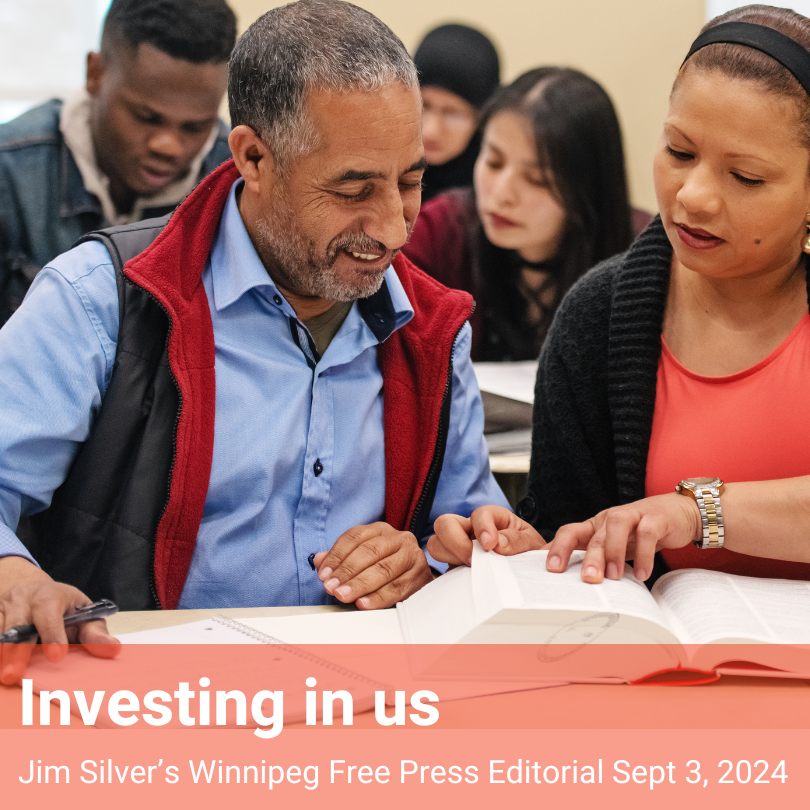
Previously published in the Winnipeg Free Press September 3, 2024
September 8, is International Literacy Day. Regrettably, few people know this. Literacy is a subject largely hidden from public view, even though a decade ago 192,000 Manitobans aged 18-65 years had literacy levels sufficiently low that they could not participate fully in society. In addition to these Manitobans, there are additional tens of thousands who, for various reasons, do not have a high school diploma and would like to earn one. Most cannot because for the past two decades, Manitoba’s adult basic education system has been underfunded, thus restricting access.


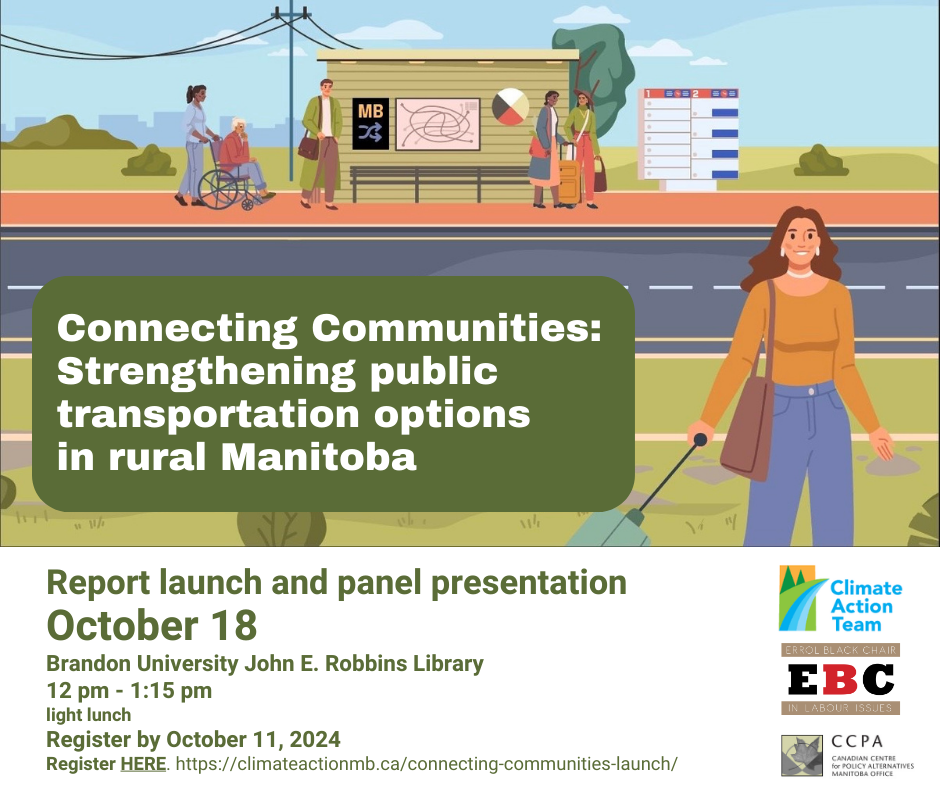
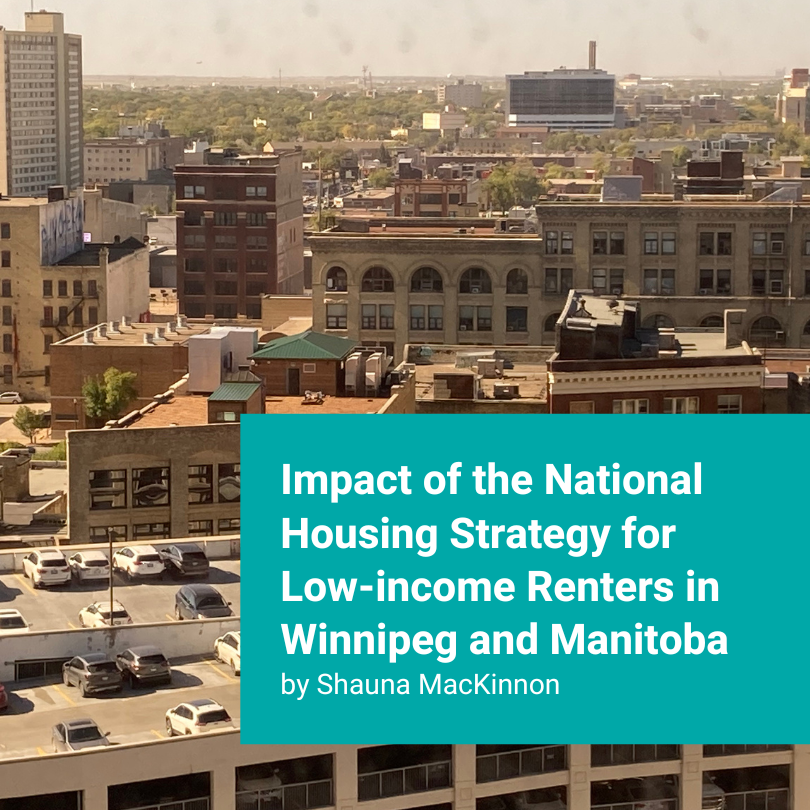
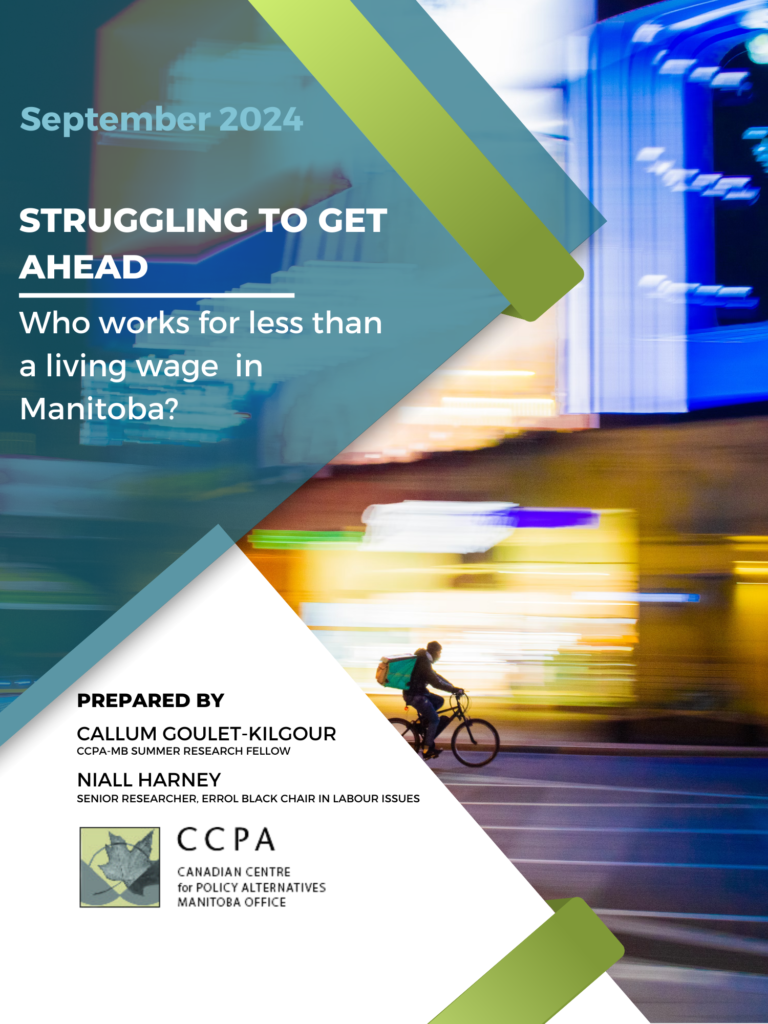
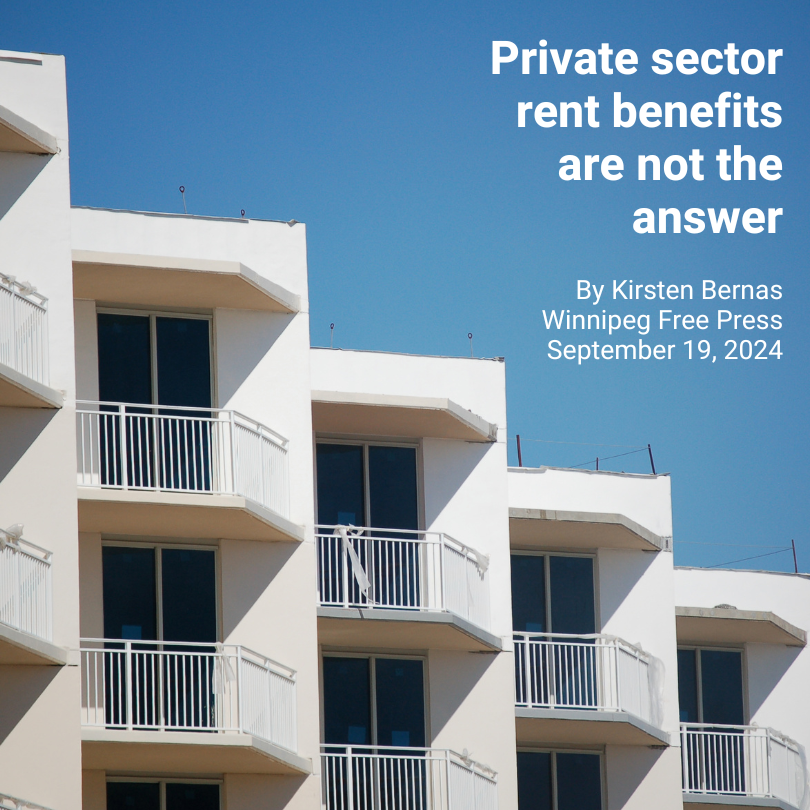

Follow us!